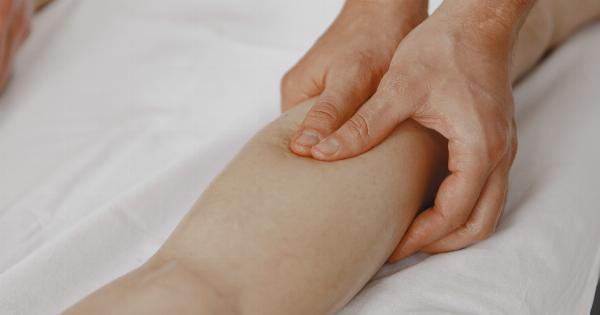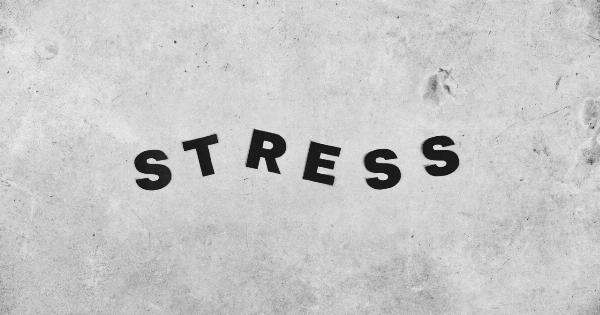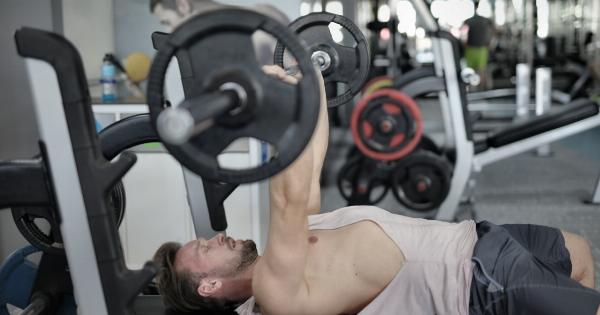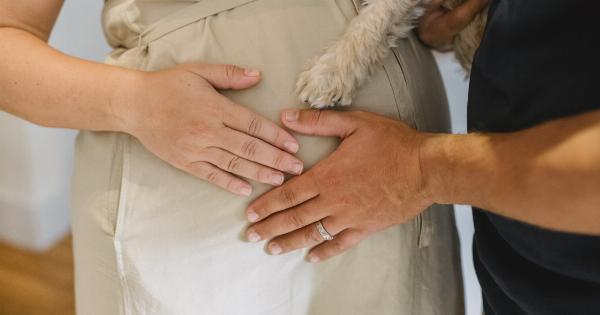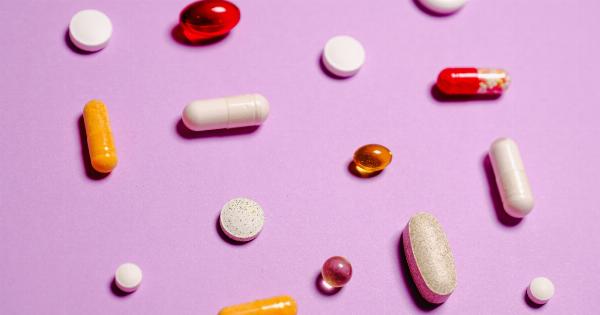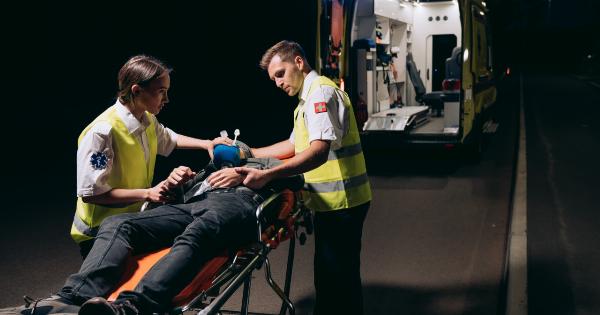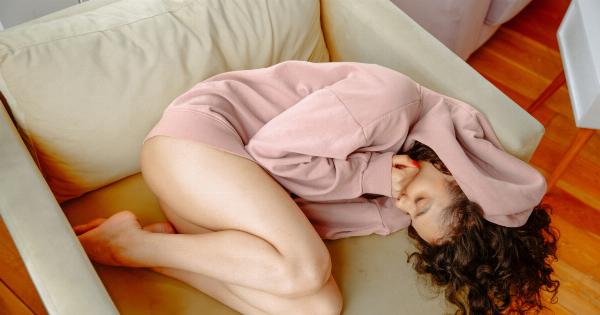Cramps, most commonly experienced as sudden, intense muscle contractions, can be a real pain—literally. They can occur in various parts of the body, including the legs, abdomen, arms, and even the heart.
While cramps can range from mild to severe, they can significantly disrupt daily activities and reduce overall quality of life. In this article, we will delve into the causes, symptoms, and treatment options for different types of cramps.
Types and Causes of Cramps
Cramps can be categorized into different types based on their underlying causes. Each type has its own unique characteristics and triggers. Let’s explore some of the most common types of cramps and their respective causes:.
Muscle Cramps
Muscle cramps are the most prevalent type of cramps and typically affect the legs, particularly the calf muscles. These cramps can be caused by various factors such as:.
- Dehydration: Inadequate fluid intake can result in electrolyte imbalances, leading to muscle cramps.
- Overexertion: Engaging in strenuous physical activity without proper warm-up or conditioning can strain muscles, causing cramps.
- Mineral deficiencies: Low levels of minerals like potassium, calcium, and magnesium can contribute to muscle cramps.
- Medical conditions: Certain health conditions like diabetes, nerve disorders, and thyroid disorders can increase the likelihood of muscle cramps.
- Side effects of medication: Some medications, such as diuretics and statins, can cause muscle cramps as a side effect.
Menstrual Cramps
Menstrual cramps, also known as dysmenorrhea, affect many women during their menstrual cycle. These cramps occur due to the increased production of prostaglandins, hormone-like substances that cause the uterus to contract.
Factors that can influence the severity of menstrual cramps include:.
- Genetics: Some women may be more genetically prone to experiencing severe menstrual cramps.
- Underlying medical conditions: Conditions such as endometriosis, fibroids, and pelvic inflammatory disease (PID) can exacerbate menstrual cramps.
- Emotional stress: Stress and anxiety can contribute to the intensity of menstrual cramps.
Abdominal Cramps
Abdominal cramps can have various causes, ranging from harmless digestive issues to serious medical conditions. Some common triggers for abdominal cramps include:.
- Gastrointestinal disorders: Conditions like irritable bowel syndrome (IBS), gastroenteritis, and inflammatory bowel disease (IBD) can cause abdominal cramps.
- Food intolerances: Intolerances to certain foods or food components like lactose or gluten can lead to cramping in the abdomen.
- Menstruation: Some women may experience abdominal cramps during their menstrual cycle.
- Gas and bloating: Build-up of gas in the digestive tract can cause discomfort and cramping in the abdomen.
- Stress and anxiety: Emotional stress can manifest physically in the form of abdominal cramps.
Heart Cramps
Cramping in the chest or heart area can be a cause for concern, as it may indicate an underlying heart condition. Some potential causes of heart cramps include:.
- Angina: Reduced blood flow to the heart can cause chest pain or cramps known as angina.
- Heart attack: Severe chest pain or cramping can be a symptom of a heart attack, a medical emergency requiring immediate attention.
- Coronary artery disease (CAD): Narrowing or blockage of the coronary arteries can lead to heart cramps.
- Arrhythmias: Irregular heart rhythms can cause chest discomfort or cramps.
Symptoms of Cramps
The symptoms of cramps can vary depending on the type and severity of the cramp. Here are some common symptoms associated with different types of cramps:.
Muscle Cramps
– Sudden and involuntary muscle contractions.
– Localized pain and tenderness in the affected muscle.
– Visible muscle tightness and bulging.
– Restricted range of motion due to intense muscle contraction.
Menstrual Cramps
– Dull, cramping pain in the lower abdomen or back.
– Pain that may radiate to the thighs or lower back.
– Discomfort or pressure in the pelvis.
– Headaches, nausea, or fatigue may accompany severe menstrual cramps.
Abdominal Cramps
– Sharp or dull pain in the abdomen.
– Cramping that may come and go.
– Bloating and excess gas.
– Diarrhea or constipation.
Heart Cramps
– Intense chest pain or pressure.
– Pain that radiates to the jaw, neck, arms, or back.
– Shortness of breath or difficulty breathing.
– Nausea, dizziness, or cold sweats.
Treatment Options for Cramps
The treatment options for cramps primarily depend on the underlying cause. Here are some common approaches to managing and relieving cramps:.
Lifestyle Modifications
– Proper hydration: Ensuring adequate fluid intake can help maintain electrolyte balance and prevent muscle cramps.
– Stretching and warm-up exercises: Prior to physical activity, engaging in gentle stretches and warm-up exercises can prepare the muscles and reduce the risk of cramping.
– Dietary adjustments: Consuming a well-balanced diet rich in essential minerals like potassium, calcium, and magnesium can help prevent muscle cramps.
– Stress management: Incorporating stress management techniques like meditation, deep breathing exercises, and relaxation practices can alleviate cramps triggered by stress.
Medications
– Over-the-counter pain relievers: Nonsteroidal anti-inflammatory drugs (NSAIDs) like ibuprofen can help relieve menstrual and muscle cramps.
– Prescription medications: In cases of severe cramping or underlying medical conditions, healthcare providers may prescribe stronger pain medications or specific treatments targeting the root cause.
– Hormonal birth control: Some women find relief from menstrual cramps by using hormonal birth control methods, such as oral contraceptive pills or hormonal patches.
Heat and Cold Therapy
– Applying heat pads or taking warm baths can help relax muscles and alleviate cramps.
– Cold therapy, such as applying ice packs or using cold compresses, may help reduce inflammation and ease pain associated with cramps.
Alternative Therapies
– Massage therapy: Gentle massages can help relieve muscle tension and improve blood circulation, reducing the frequency and severity of cramps.
– Acupuncture: Stimulating specific points in the body through acupuncture may provide relief from various types of cramps.
– Herbal remedies: Some herbs, such as ginger, chamomile, and black cohosh, are known for their potential to ease menstrual cramps and abdominal discomfort.
Remember, it is essential to consult a healthcare professional for an accurate diagnosis and personalized treatment plan for your cramps..

